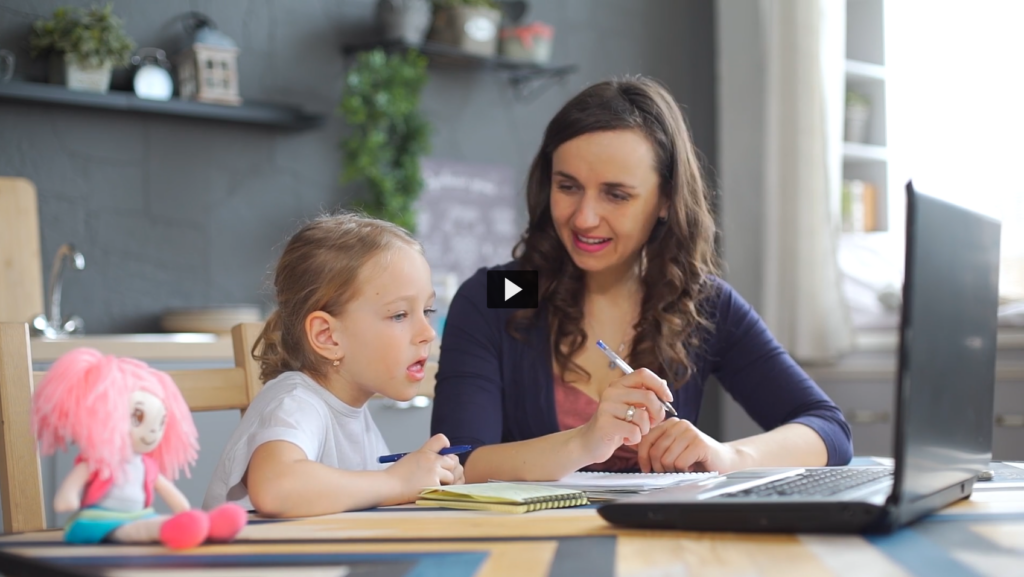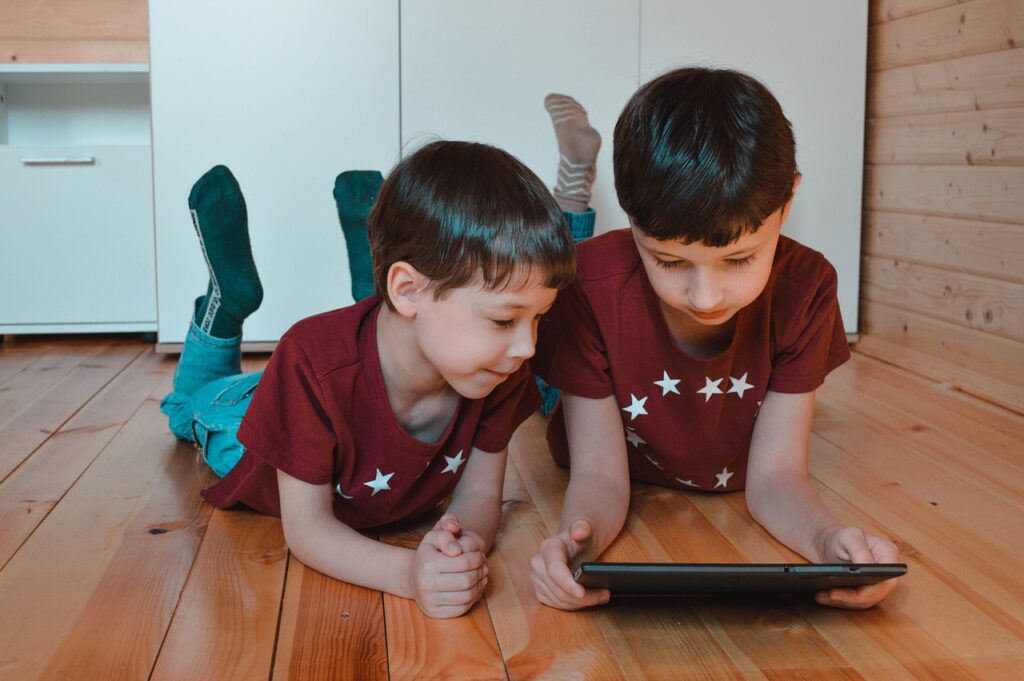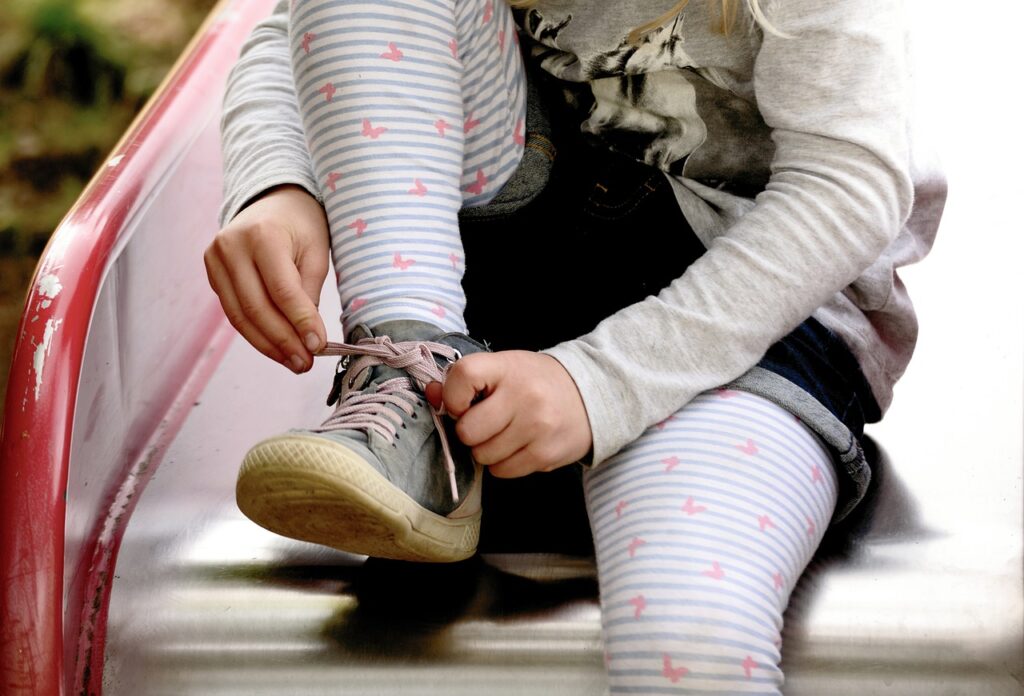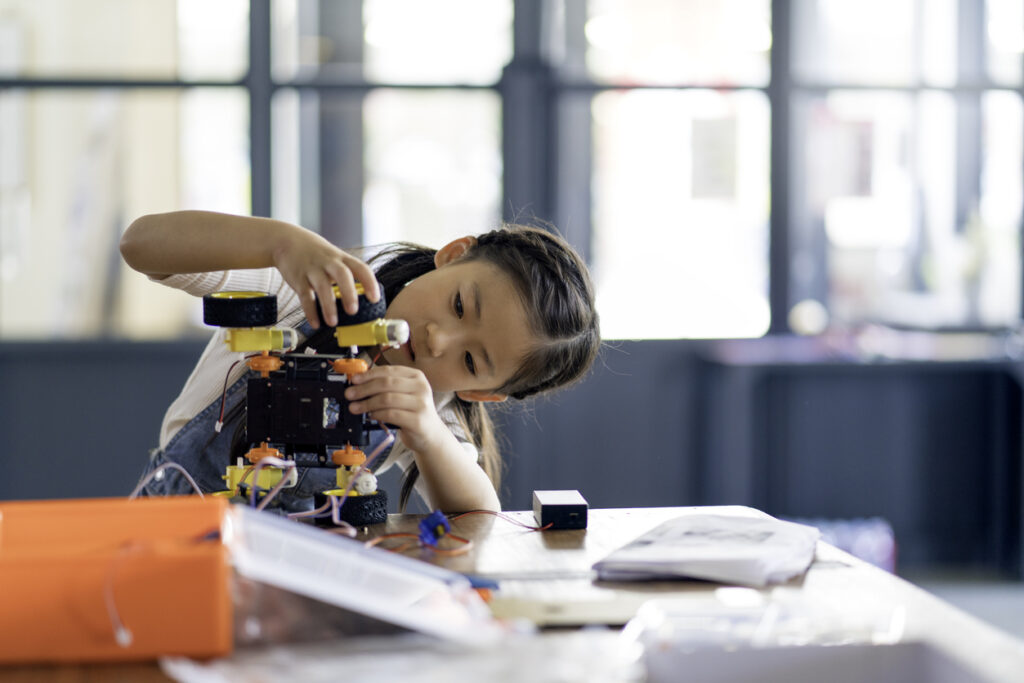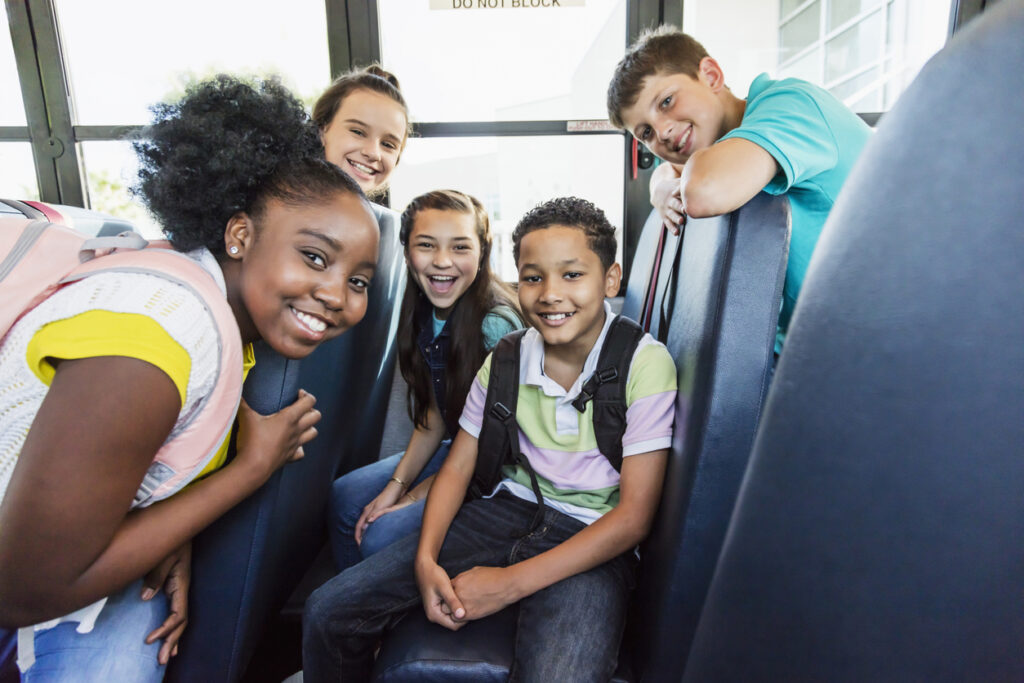Math
Helpful for all grades!
Download a free copy of A Family’s Guide: Fostering Your Child’s Success in School Mathematics, a publication from the National Council of Teachers of Mathematics, at http://illuminations.nctm.org/uploadedFiles/Activities_Home/FamilyGuide_FullText.pdf.
Public Broadcasting has fun on-line games, puzzles, and activities to use at home to teach math at http://www.pbs.org/parents/education/math/games/
This site has games for counting, measuring, coins, and more: http://www.mathsisfun.com/games/gameselementary.html.
For more fun math games, visit: http://www.funbrain.com.
Math Fact Café offers thousands of pre-made and custom worksheets on Elementary-level Math skills: https://www.mathfactcafe.com/
Figure This! has math games for the family to play together. The National Council of Teachers of Mathematics sponsors the site, http://figurethis.nctm.org/.
An excellent site for learning and reviewing all middle-school math concepts is found at http://www.emathematics.net/
The site http://www.aaaknow.com/ has hundreds of interactive math lessons. You can search by grade level or math topic.
This site offers games and worksheets by grade-level: http://www.onlinemathlearning.com/.
For an introduction or review of individual Algebra concepts, try http://www.purplemath.com/modules/index.htm .
For clear explanations and tons of help with Algebra concepts, go to http://www.algebrahelp.com/. The site includes calculators to assist the student is solving the problem in such a way to promote learning the concept.
Kindergarten
Activities
Count, count, count to and with your child. Count fingers, steps, toys, cars, anything and everything. Connect the counting to the number of objects counted.
Have your child sort toys by type: balls, blocks, model cars, and dolls. Ask if one group has more or has less. Is the pile of blocks bigger than the pile of cars?
Practice identifying the shapes of objects. Get your child to fold a napkin into a triangle, a square, and then a rectangle. Look for cones and cubes around the house.
Let your kindergartner sort the laundry. Sort it by types (socks, shirts, pants), by colors, or by a family member.
Ask your child questions that require counting and comparing. “How many chairs are in our house?” Listen to see if they understand that when counting, the last number spoken is the quantity counted. Do they continue to recount the group when you ask “How many?” Ask your kindergartner “Which chair is taller, this one or that one?” and “Which book is heavier?”
Check the children’s section of your local library for picture books that use sorting and counting as a part of the story. There are also books that focus on math games.
First Grade
Take every opportunity to count. Count the steps into your house, the blocks to the store, the number of people in line, or the red cars on the road. Then count from the number backwards. Count up to the number by tens and fives.
Have your child add doubles, such as 4+4 and 5+5, from one to 10. Help him remember the sum by drawing a picture of the answer (1+1=2, he might draw two eyes). This activity helps your child more quickly add doubles and will carry over into adding adjacent numbers (2+3) and larger numbers (33+33).
Take a page from the newspaper and have your child circle all the numbers he can find.
Make a clock face on a paper plate and use a plastic knife for the minute hand and a spoon for the hour hand. Take turns “setting” the clock and telling the time within an hour and half hour.
Second Grade
Pull a grocery ad and circle different money values (59¢, 2 for $3). As you go through the store, have your child look to find the amounts you have circled. Have her place an X over each amount she finds.
Practice identifying the shapes of objects by the number of sides. What shape is a stop sign? How many sides does a triangle have? What is the difference between a square and a cube?
Third Grade
Use coins and have your child show you how many ways she can make 5 cents, 10 cents, 25 cents, and 50 cents.
Cut out grocery store coupons and have him determine how much money is saved. Ask your child what could be purchased using the savings from the coupon. A pack of gum? A pencil? How much money could be saved if she had 3, 4, or 5 of the coupons? What could he purchase with those savings?
Help your child understand the concept of division by separating a collection of objects. First, separate the objects into an equal number of groups. For example, if 12 toys were separated so that there were 4 toys in each group, how many groups of 4 would you have? (Answer: 3) Second, separate the objects so that there is an equal number in each pile. If 12 toys were separated into 3 equal piles/groups, how many toys would be in each group? (Answer: 4)
Use flash cards to work with your child to memorize the multiplication tables.
Fourth Grade
Have your child determine how long she must save her allowance for a particular game or movie.
Play board games involving cards (Yahtzee) or dice (Aggregation). Monopoly, anyone? Such games help with addition, subtraction, multiplication, and division.
Walk around your house looking for angles. Identify which angles are right angles.
Have your child measure the distance from the door to his room to the kitchen in inches, feet, and yards.
How far is it from the kitchen to the street? What is the distance from the front door to the back door?
Fifth Grade
Go “shopping” with clothing ads, catalogs, or take-out menus to practice decimals. Have your child pick out a wardrobe, school supplies, or a dinner for the family, for example. Write down the cost of each item. Get your student to add, subtract, or multiply the cost of the items. Check the total with a calculator and discuss how the location of the decimal in the answer relates to the location of the decimal in the items added, subtracted, or multiplied.
Play games, such as Battleship, that require locating points on a grid.
Get in the kitchen and bake cookies or a cake, watching your child use your measuring cups and spoons. While it bakes, use equations to double the amounts in the recipe or divide them in half.
Use apples, grapes, or candy bars, real or drawn, to practice dividing them among friends (such as, two bars among 3 friends, or 15 grapes between two friends). Focus on what remains and how it relates to the fractional parts to be shared.
Middle School
Pop some popcorn. Compare the volumes of tall and short cylinders formed with 8 x 11-inch sheets of paper by filling them with the popcorn. Which would you buy? The activity compares the volume to height in cylinders and the underlying math concept.
Check out the NASA site http://spacemath.gsfc.nasa.gov/media.html, which uses actual NASA missions to provide situations for middle-school students to use their math. Provided by grade level and topic, the site uses press releases, videos, and three-dimensional models to keep students interested.
Have your child draw a floor plan to scale of their dream bedroom or house. This activity will require estimation, measuring skills, proportion, and ratios. The site http://www.math-kitecture.com/fl oor.html will even walk your student through making a CAD from the drawing!
High School
For interactive help, go to http://www.mathwarehouse.com/. It covers Algebra, Geometry, Trigonometry, and Calculus, with calculators available.
Interactive Mathematics provides clear lessons and explanations of concepts in the high-school math subjects, has interactives, and gives real-world uses for the skills at http://www.intmath.com/.
This is a resource for high-school math students and for parents who want to help with math: http://www.funmaths.com/math_tutorials/.
For help with Algebra, Trigonometry, and Calculus, try http://www.sosmath.com/index.html. It also has refresher pages for adults.
The Mathematical Association of America provides links to some fun and informative sites for the mathematically fascinated: http://www.maa.org/programs/students/fun-math.
An interactive Algebra practice site is located at http://www.teachingtreasures.com.au/teaching-tools/maths6-8/main-online-math6-8.htm.
For challenging, actual project-based, and problem-based learning experiences from NASA, go to http://www.nasa.gov/audience/foreducators/exploringmath/home/index.html.


